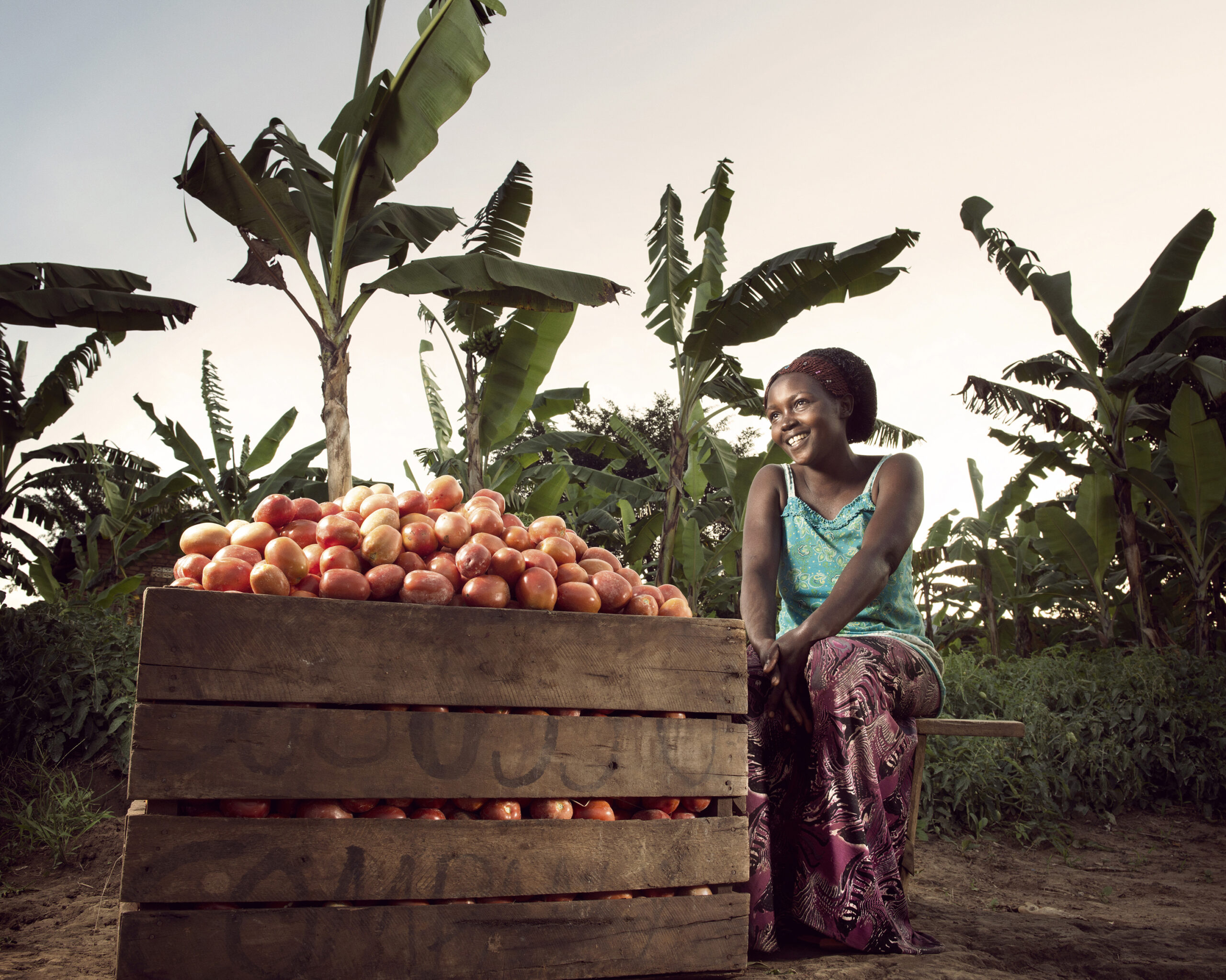Overview
Researchers
Iacopo Bianchi
Graduate Student at the Institute for International Economic Studies at Stockholm University
Cristina Clerici
Graduate Student at the Stockholm School of Economics and fellow at the Mistra Center for Sustainable Markets
Stefano Tripodi
PhD Fellow at Copenhagen Business School
- Country
- Uganda
- Timeline
- 02/01/2023 - 02/01/2024
- Constraints
- Gender, Labor

Photo: © Stephan Gladieu / World Bank
In Sub-Saharan Africa, there is a 20-30% difference in agricultural yields between male and female farmers (UN Women et al., 2015). One potential reason why female farmers tend to have lower yields than men might be differential access to and use of inputs and services, including hired labor within the community. In Uganda, women farmers (both female household heads and female household head’s spouses) on average use fewer male hired labor person-days than men (1.43 and 1.65 vs 4.12) (authors elaboration on LSMS-ISA Uganda, 2019). Anecdotal evidence from the research team shows that women farmers often rely on their husbands’ support to hire labor and find it difficult to manage male labor. Moreover, repeated interactions between a female manager and a casual worker might lead community members to suspect the two are in an intimate relationship. All these factors could represent barriers for women to hire productive labor for their plots. Does facilitating female farmers’ access to male casual labor increase productivity and lead to improvements in farmers’ welfare, women’s empowerment, and child wellbeing?
This pilot study will test if female farmers in the western region of Uganda (where plot sizes are larger) have equal access to hired labor as male farmers, and whether hiring barriers, if present, stem from supply- or demand-side constraints. Researchers will determine if male workers demand a wage premium from female managers (supply-side issue) and will investigate if male and female managers are equally willing to pay to hire male workers, and if female managers have more difficulties finding and bargaining with workers (demand-side issue). The results will inform an intervention aimed at (i) sensitizing male workers to the challenges that women face when hiring workers, and (ii) assisting female farmers in recruiting and bargaining with labor. The goal of the study is to understand how specific programs focused on facilitating female farmers in hiring male labor increase their agricultural productivity and, ultimately, affect their welfare.
Project ongoing; results forthcoming.
Sources: 2019 Uganda World Bank’s Living Standards Measurement Study-Integrated Surveys on Agriculture (LSMS-ISA)